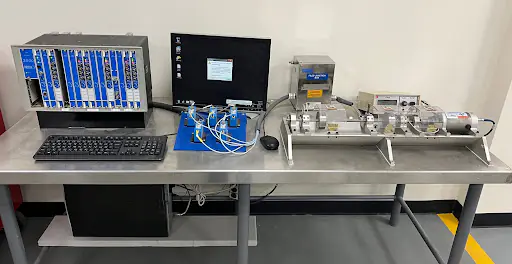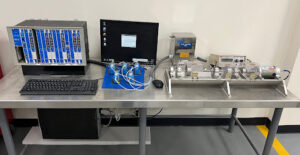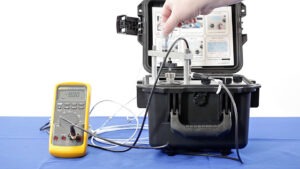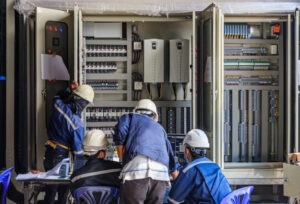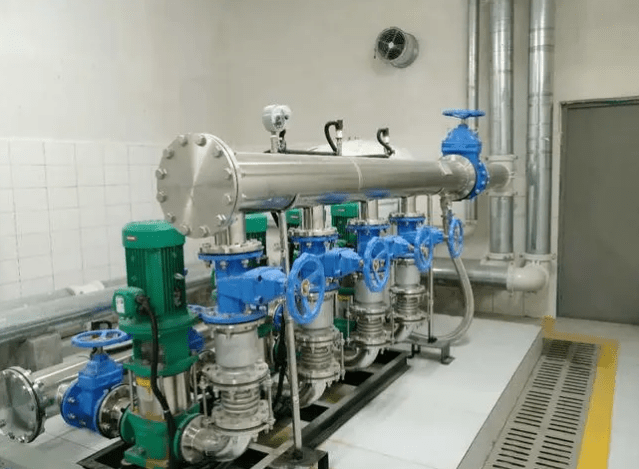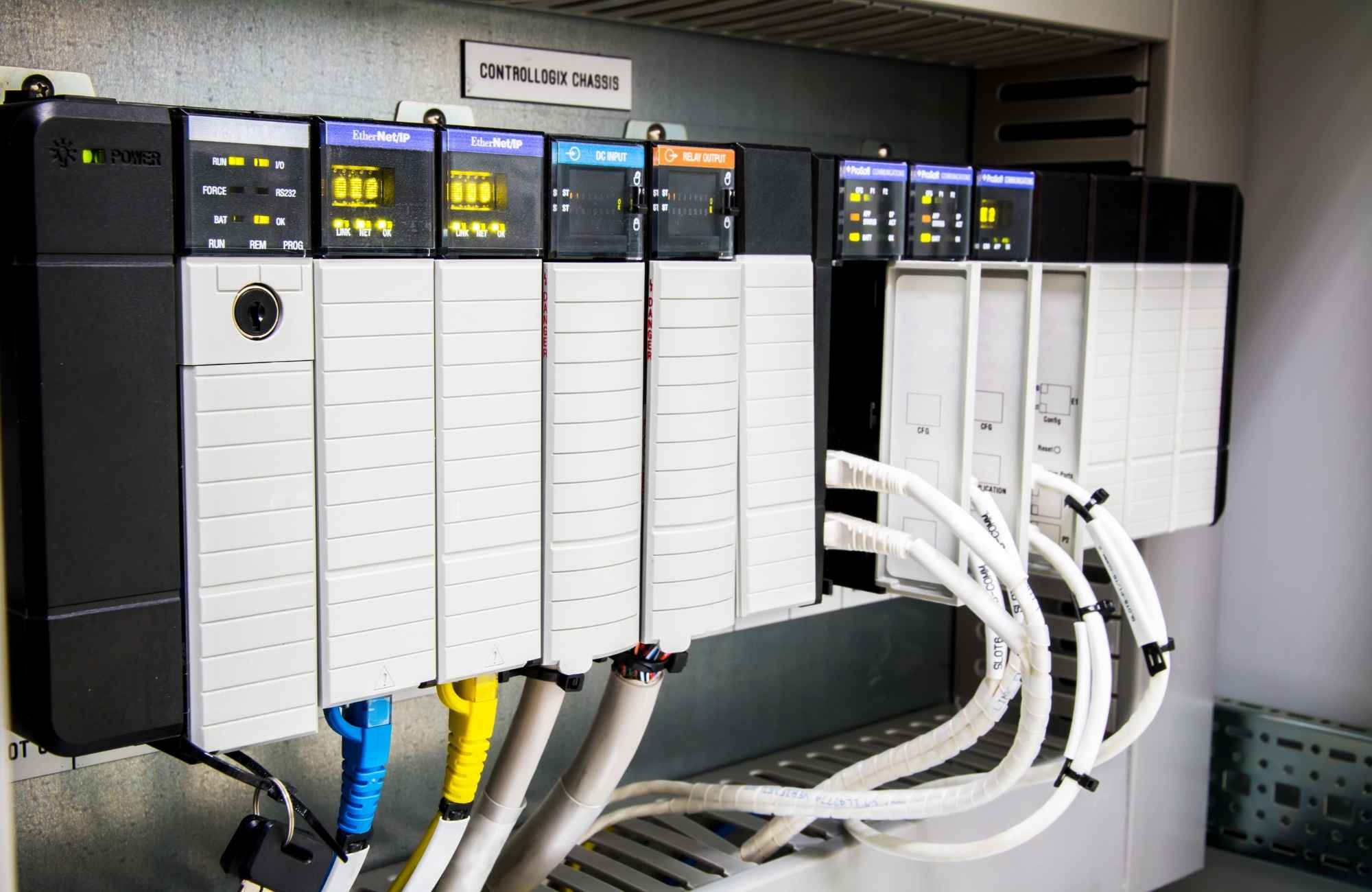Achieving High Accuracy with RX3i Analog Modules: Calibration, Compensation, and Signal Conditioning Essentials
Introduction
As a seasoned industrial control engineer, I understand the critical role accurate analog signals play in industrial processes. The GE RX3i platform is robust, but getting the most out of its analog modules requires more than just plug-and-play. It demands a thoughtful approach to calibration, compensation, and signal conditioning.
This guide will share insights I’ve gathered over years in the field, helping you achieve high accuracy with your RX3i analog modules. My goal is to provide practical, actionable advice that goes beyond the manual, ensuring your control systems operate with unmatched precision.

Understanding the Foundation: Why Accuracy Matters
In industrial automation, even small errors in analog readings can lead to significant issues. Think about temperature control, pressure monitoring, or flow measurement. Inaccurate data can result in:
- Process inefficiencies and wasted resources.
- Compromised product quality.
- Safety hazards due to incorrect readings.
- Increased downtime for troubleshooting.
The RX3i analog modules are designed for high performance, but their true potential is unlocked only when properly integrated and maintained within your system. This starts with a deep understanding of the factors that influence accuracy.
Calibration: Your First Line of Defense
Calibration is fundamental. It’s the process of adjusting your module to provide accurate readings compared to a known standard. Neglecting regular calibration is like driving with an uncalibrated speedometer – you might think you’re going the right speed, but you’re probably not.

Here are my key takeaways for RX3i analog module calibration:
- Use Certified Standards: Always use calibration equipment with a known, traceable accuracy. Don’t cut corners here.
- Follow Manufacturer Guidelines (But Think Beyond): The GE manuals provide excellent calibration procedures. However, consider your specific environment. High vibration or extreme temperature swings might require more frequent calibration.
- Document Everything: Keep meticulous records of your calibration dates, the equipment used, and the “as found” and “as left” conditions. This data is invaluable for trending performance and troubleshooting.
- In-Situ vs. Bench Calibration: Where possible, perform in-situ (on-site) calibration. This accounts for the actual wiring, cable lengths, and electrical noise present in your operational environment, which can sometimes differ from a bench test.
Compensation: Mitigating Environmental Impacts
Even perfectly calibrated modules can be affected by environmental factors. This is where compensation comes in. It’s about correcting for variables that can drift over time or due to changing conditions.
My unique insights on compensation for RX3i analog modules include:
- Temperature Drift: Analog modules, like all electronics, are sensitive to temperature changes. While RX3i modules are robust, significant temperature swings can cause readings to drift. Consider using modules with built-in cold junction compensation for thermocouples, or implement software-based temperature compensation algorithms if your process demands extreme precision. I’ve seen situations where a small temperature change in the control cabinet caused significant process deviations simply because compensation wasn’t adequately considered.
- Lead Wire Resistance: Especially with RTDs, the resistance of the lead wires can introduce errors. Always use the proper wiring configuration (e.g., 3-wire or 4-wire RTD connections) to minimize or eliminate the impact of lead wire resistance. If you’re stuck with a 2-wire setup, you might need to empirically measure and compensate for the lead resistance in your PLC code.
- Load Variations: For current outputs, ensure your receiving device’s impedance is within the specified range for the RX3i module. An incorrect load can lead to non-linear responses.
Signal Conditioning: Cleaning Up the Noise
Industrial environments are inherently noisy. Electrical interference, ground loops, and transient spikes can all corrupt analog signals, leading to inaccurate readings and erratic control. Signal conditioning is the art of preparing your signal for the analog module so it’s clean and reliable.
My recommendations for effective signal conditioning with RX3i modules:
- Proper Shielding and Grounding: This is non-negotiable. Use shielded cables and ensure proper grounding practices throughout your system. Incorrect grounding is a leading cause of signal integrity issues. I often see ground loops causing phantom readings or unstable signals; a common mode choke can be a lifesaver in such scenarios.
- Filtering: Implement appropriate filtering to remove high-frequency noise. This can be done with external filters, or often, the RX3i modules have configurable digital filters you can leverage. Don’t over-filter, though, as it can slow down your signal response.
- Isolation: Use isolation barriers for signals coming from different ground potentials to prevent ground loops and protect your modules from surges. This is especially crucial when connecting to field devices that might have their own power supplies.
- Cable Selection and Routing: Choose the right type of cable for your signal (e.g., twisted pair for differential signals) and route power and signal cables separately to minimize electromagnetic interference (EMI).
- Impedance Matching: Ensure the impedance of your sensor, cable, and analog input module are properly matched to maximize signal transfer and minimize reflections.

My Unique Perspective: Beyond the Basics
Having spent years troubleshooting complex industrial systems, I’ve learned that true accuracy comes from a holistic view. It’s not just about one perfect component, but how all components interact.
- The “Hidden” Software Compensation: Many engineers focus only on hardware. But leveraging the processing power of the RX3i PLC for software-based compensation is a game-changer. For example, creating a lookup table in your PLC code to correct for sensor non-linearity, or implementing a Kalman filter for noisy signals, can significantly improve accuracy without additional hardware. I’ve successfully applied these techniques to extract high precision from standard analog inputs in demanding applications.
- Predictive Maintenance for Accuracy: Don’t wait for failures. Monitor your analog signal trends. A gradually drifting signal might indicate a failing sensor, module degradation, or increasing environmental interference. Early detection saves significant downtime.
- Training Your Team: The best practices are useless if your maintenance team isn’t aware of them. Invest in training your personnel on proper calibration techniques and troubleshooting analog signals.
Achieving high accuracy with RX3i analog modules is an ongoing commitment, not a one-time task. By meticulously addressing calibration, implementing smart compensation strategies, and ensuring robust signal conditioning, you can unlock the full potential of your GE RX3i system.
For high-quality industrial automation solutions, including GE RX3i products and expert support, please visit Powergear X Automation Limited.
| Model | Title | Link |
|---|---|---|
| IC695ALG112 | GE Fanuc RX3i Isolated Analog Module | Learn More |
| IC695ALG306 | GE Fanuc Isolated Thermocouple Input Module | Learn More |
| IC695ALG616 | GE PACSystems RX3i Analog Input Module | Learn More |
| IC695ALG728 | GE Fanuc RX3i PACSystem Analog Input Module | Learn More |
| IC695ALG608 | GE Fanuc PACSystems RX3i Analog Input Module | Learn More |






